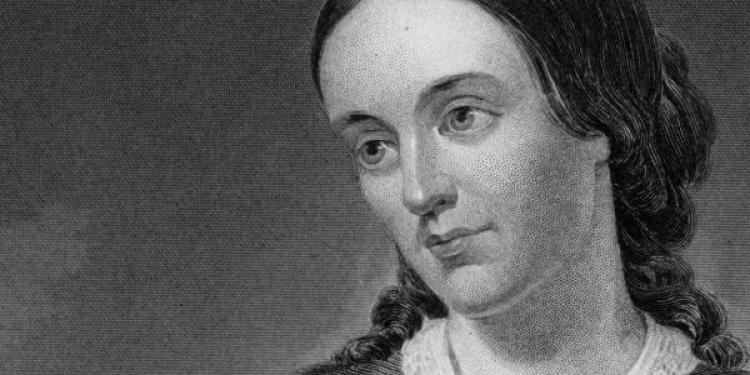What Part of the Margaret Fuller Story Got Megan Marshall A 2014 Pulitzer Prize
Posted: April 14, 2015
Updated: October 6, 2017

Megan Marshall’s bet on a biography of a woman who took big risks to expand feminism.
Megan Marshall, the 2014 Pulitzer Prize winner of a biography on American feminist intellectual, Margaret Fuller, wasn’t the first to pen Fuller’s life. So did Julia Ward Howe her friends Ralph Waldo Emerson, James Freeman Clarke, and William Henry Channing. So what else was there to write about ? How Fuller fought for women to be taken into account when drafting the US gambling laws ? – don’t think so!
Megan said “For a time I believed I must write a biography of Margaret Fuller that turned away from the intrigues in her private life, that spoke of public events solely, and that would affirm her eminence as America’s originating and most consequential theorist of woman’s role in history, culture, and society.” For Fuller, a 19th century woman who died tragically at the young age of 40, was quite educated was also recognized as an intellectual and spiritual leader of the American women’s movement.
An ecstatic unique being whose passion overflowed from the inside out
So Marshall bet on writing Fuller’s story “from the inside, using the most direct evidence—her words, and those of her family and friends.” as Fuller “did not experience her life as divided into public and private”. She wrote about Fuller’s tumultuous personal life, especially when she got to Europe and how it influenced her role as a feminist that would forever help to boost Women’s Lib loads.
To achieve this Marshall used ‘fictional technique’s to highlight the clear and dark patches of Fuller’s life, while making sure to fill it out with emotion and conflict. This helped to transform the would-be narrative into a novel. Marshall was thus able to convey to the reader what Fuller’s inner life was all about and how it filled her with so much power as to inspire generations of women decades upon decades after.
Plain on the outside, smart on the inside
In the first five sections of the biography that stole the hearts of the Pulitzer Prizes committee, Fuller is described as “never going to be a belle; as a teenager she was stout and badly dressed, with acne, a squint, and scoliosis. She repeatedly mistook friendship for romance and enmeshed various men in intense emotional correspondences”. Marshall also made us look at the bright side of Fuller too, which was her intellect, philosophy and deep interest in politics. For Fuller’s wit and talent of how to chat up a crowd of law makers, got her in the top list of the “Transcendentalist intelligentsia”.
When she was 21, Fuller’s family moved to a farm where the bored girl developed her love for learning, teaching, editing, and writing. In 1846, she started publishing her works, calling for full equality for women. A bit later on maybe she would have advocated the right for women to gamble too which would have made it a subject for hot US gambling news. She set sail for Europe when she finally managed to sign up as a foreign correspondent for the Tribune.
Work on Italian Revolution in the depths of the ocean with her
After spending an eventful life chasing men in Europe, Fuller died in a shipwreck off Fire Island on her way back to her homeland, with her husband Giovanni Ossoli and child, Nino. The manuscript she had believed to be her finest work was lost, and Fuller was declared a “courageous feminist leader who never got to see the promised land”.
Fuller’s plucky efforts to have transparency in both her private and public life as depicted by Marshall has been able to win the hearts and admiration of many. As Marshall deemed it valuable to blend the public intellectual and the private life of Margaret Fuller in this compassionate biography, the next question is who would like to do indulge in some savvy mobile betting in this here 21st century to wager on which major film producer can take on the mighty task of putting this story up on screen?












